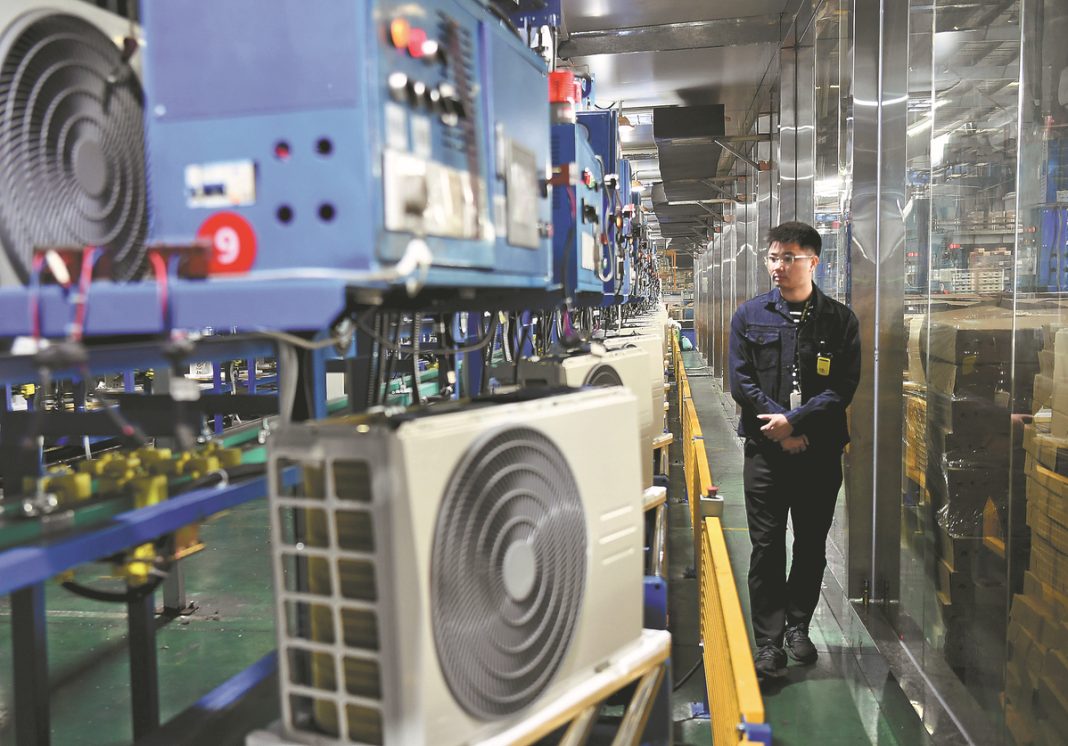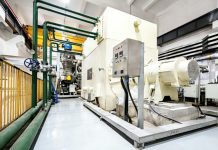BEIJING: Economic growth data for the first quarter shows that most parts of China have registered an annual growth pace higher than the national level. However, more substantial policy support is needed to boost demand from the private sector, as overall economic recovery still faces mixed challenges caused by sluggish domestic demand, experts said.
Their comments came after 31 provinces and regions in China recently unveiled their GDP growth data for the first quarter. Year-on-year growth of 23 provinces and regions in the first quarter outpaced the national level of 4.5 percent, while the other eight fell behind.
Zhang Bin, deputy director of the Institute of World Economics and Politics at the Chinese Academy of Social Sciences, said on Monday that the different bases provinces and regions were coming off last year was the primary factor behind the geographical inconsistencies in the recovery.
The new data also indicates that the recovery is faced with challenges, and policy support is needed to boost the private sector’s demand to energize growth.
For the first quarter, the growth rate of Northeast China’s Jilin province and Southwest China’s Tibet autonomous region both came in at 8.2 percent year-on-year, the fastest among all 31 provinces and regions. East China’s Jiangxi and Fujian provinces registered the lowest year-on-year growth rate of 1.2 percent and 1.7 percent, respectively.
“From January to March, the economy widely rebounded mainly because of recovering economic activities thanks to the optimization of pandemic containment policies,” Zhang said. “For the first quarter data, last year’s base effects also played a significant role. Growth in most regions is prominent due to their low base last year. Regions whose growth pace missed the national 4.5 percent level mostly experienced a high growth rate for the first quarter last year.”
For example, the GDP of the provinces in Northeast China Jilin, Heilongjiang and Liaoning grew 8.2 percent, 5.1 percent and 4.7 percent, respectively, outpacing the national average. Last year, an intense round of COVID-19 hit the region hard, and Jilin saw negative growth for the first three months of 2022.
Jiangxi’s small economic growth of 1.2 percent in the first quarter of this year can be compared with 6.9 percent growth for the same period last year, the second fastest in the country.
Aside from the base effect, Zhang said the quarterly data indicates the economy is experiencing a mixed recovery.
–The Daily Mail-China Daily news exchange item





